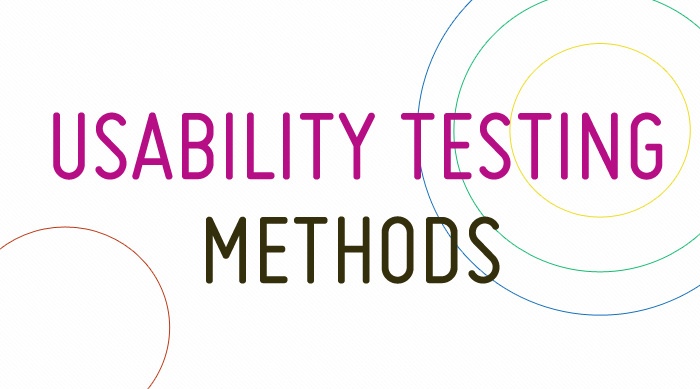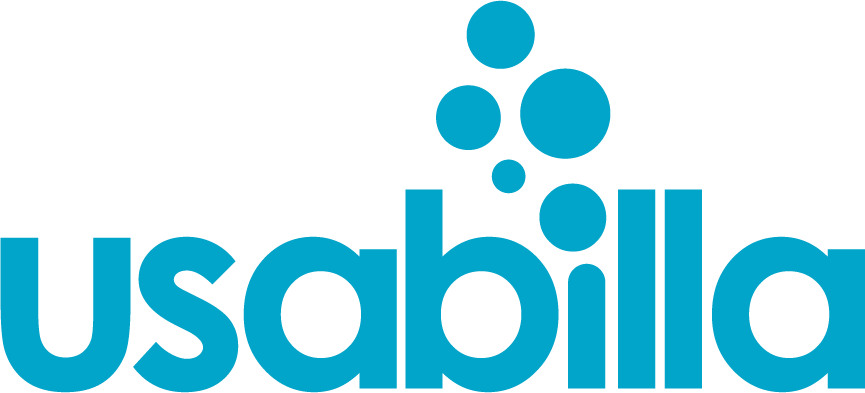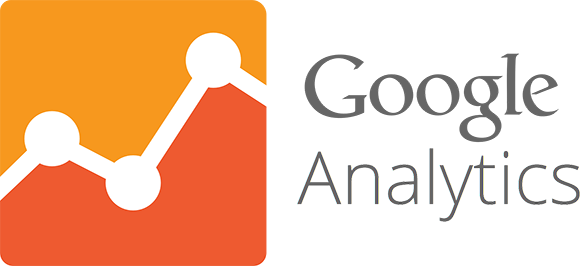1) What is usability testing?
Usability testing is used to check how the interface works. Activities are attempted by right participants and you should get qualitative conceptions into what is causing the troubles for users. Usability Testing will rebound you to work out web site design because it can manage to estimate a product or service alongside with representative users.
A well-designed user test measures actual performance on mission-critical tasks. Percentage of correctly completed tasks can be measured and it enables you to report the overall usability of the site.
The main aim of these tests is to consummate typical tasks while observers watch, listen and take notes. Consummating the tasks should help you to gather qualitative and quantitative data, single out probable usability issues or define the user's satisfaction with the product.
There are a lot of alike websites and user will go to others if the first one is unusable.
Your website may be splendid but people will leave it at once if it is difficult to navigate the site. As companies rely on their web presence to gain the online goals website usability testing helps to state a judgement about the company and prevent loosening of income.
Let's consider some options of website usability testing.
2) Website usability testing categories
There are three basic categories of website usability testing. They are assessment, explorative and comparative.
Assessment is used in product development. It can be used as an overall usability test for technology estimation as well. This category estimates real-time trials of the technology to measure the satisfaction, effectiveness, and ultimate usability.
Explorative is used in product development in order to gain the effectiveness and usability of a preliminary design or prototype.
Comparative is used to assimilate several instructional technology products or design and distinguish the strengths and weaknesses of each.
3) What are the types of usability testing methods?

Hallway testing
It is effective when testing a new website during its development. The method involves using random people to test the target website rather than people with some experience.
Remote Usability Testing
People that are located in different time zones or video conferencing are used in this method. The click locations and streams of the users are automatically recorded as well as any crucial incident or submitted feedback. Tester is able to finish the task no matter how many time he needs. Controlled labs are not used in this method.
Expert Review
It helps to estimate the usability of the target website. To test the site an expert is brought to a testing facility. Meanwhile tests are conducted distantly and automated results are sent back for review. These tests are not so detailed versus other usability tests. But you are able to complete them rapidly.
Paper Prototype Testing
This type of test involves rough and hand-sketched drawing of the interface for using it as a prototype of a model. It gives you an opportunity to test design ideas at an extremely low cost and until any coding has been done.
Questionnaires and Interviews
It has one-on-one nature and it enables to observe in order to ask direct questions by means of questionnaires. Data collection of these questions is structured. Usability testing questionnaires mostly handed out after the user has tried to complete the given task.
Do-it-Yourself Walkthrough
This type of test comprises creating realistic scenarios. A tester runs the test as the user would.
Controlled Experiments
It means that several types of products are compared in a laboratory. These tests give very correct results that can be published.
4) Some of the best usability testing tools
Five second test

You can measure people's first impressions by optimizing the serenity of your website's design. It is used to test home pages design, logos or landing pages.
The design is shown to people for five seconds. Afterward the questions about what they remember are asked.
This time is enough for visitor to determine if there is enough quality in your website to stay or to leave and never return. It has no ability to rate a reviewer's feedback.
Simple Mouse Tracking

It is used to capture and analyze the clicks that user makes when using the web page. All mouse movements on the html page are tracked so it is a real-time session. Data is stored in a MySQL database for access. Researcher is not allowed to ask questions of the user because he navigates the web site.
Usabilla

This usability testing tools enables you to collect feedbacks about a web page from users. It also have an ability to track where the user clicks. Notes are also available. Results are given as visual reports of heatmaps or scatter plots of clicks. The one is able to download the data (as PDF, CSV, TXT or XML files). It can capture both quantitative and qualitative data. But the researcher is not able to ask follow-up questions while the user is conducting the test.
Google Analytics

To realize the usage information for a web site the reports to identify behavior trends and any red-flag issues are used. Data maintains user sessions, visits, page views. This tool can be used by any web site. Feature for Electronic Commerce has ability to identify conversion factors and pages. They will provide an easy to use and powerful set of data around eRetail lead flow, order-flow and sales statistics.
Google Website Optimizer

It enables usability testing of various "what if" scenarios. You are capable of testing two versions of online order form. Consequently you can decide if the usability improvements made to the form really did improve conversion rates. Experiments can be set up. HTML code is provided and will be added to your existing web page code. Then the traffic will be split between page "A" and page "B".
When enough visits have been recorded the performance of the two pages can be analyzed and a winner is selected by using the plane reports that are part of the package.


